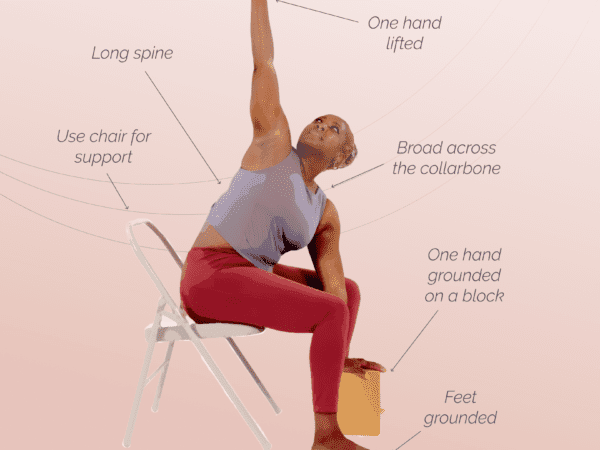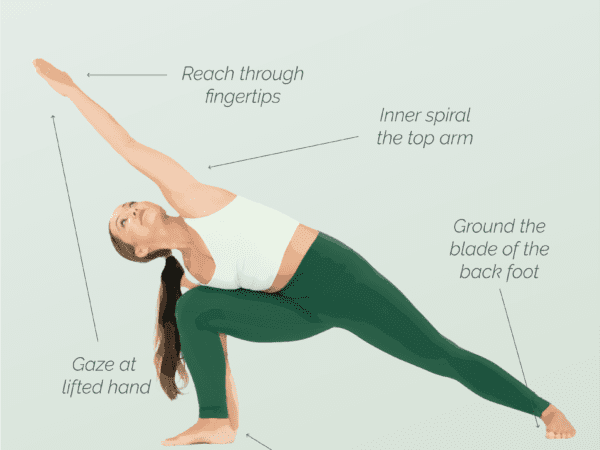Welcome to our blog post on how to do Padangusthasana, also known as Big Toe Pose. If you’re a beginner yogi looking to improve your flexibility and strengthen your legs, this is the pose for you. In this article, we’ll guide you through the steps of performing Padangusthasana, highlighting its benefits and offering tips to help you master this powerful pose. So, roll out your mat, take a deep breath, and let’s dive into the world of Padangusthasana!
What are the benefits of doing padangusthasana?
Padangusthasana, also known as Big Toe Pose, is a simple yet powerful yoga asana that offers numerous benefits for both the body and mind. If you’re a beginner yogi looking to enhance your practice, incorporating Padangusthasana into your routine can be a game-changer. Here are some of the incredible benefits you can expect to experience by regularly practicing this pose:
1. Increases flexibility: Padangusthasana stretches and lengthens the muscles of your legs, hamstrings, calves, and hips. Regular practice helps to improve flexibility, making it easier for you to perform other yoga poses and everyday activities that require bending and stretching.
2. Strengthens the legs: This pose engages and strengthens the muscles of your legs, including the quadriceps, hamstrings, and calves. Strong legs are essential for maintaining balance and stability in your yoga practice and daily life.
3. Improves digestion: Padangusthasana stimulates the abdominal organs, including the liver and kidneys, promoting better digestion and elimination. The gentle compression of the abdomen during the pose helps to massage the digestive organs and improve their efficiency.
4. Relieves anxiety and stress: The forward bending nature of Padangusthasana calms the mind and soothes the nervous system. It helps to release tension from the upper back, shoulders, and neck, reducing anxiety and stress. Regular practice of this pose can provide you with a sense of calm and tranquility.
What are the contraindications?
While Padangusthasana offers numerous benefits, it is important to be aware of any contraindications or precautions before practicing this pose. Here are some situations in which it is advisable to avoid or modify Padangusthasana:
1. Back injuries or conditions: If you have a back injury or condition such as herniated discs or sciatica, it is best to avoid or modify this pose. Consult with a qualified yoga instructor or healthcare professional for specific modifications or alternative poses that are safe for your condition.
2. High blood pressure: If you have high blood pressure or any other cardiovascular condition, it is advisable to avoid or modify Padangusthasana. The forward bending aspect of this pose can cause a sudden drop in blood pressure, which may not be suitable for individuals with these conditions.
3. Pregnancy: Pregnant women should avoid Padangusthasana, especially during the second and third trimesters. The deep forward bending can compress the abdomen and potentially harm the fetus. It is best to consult with a prenatal yoga instructor for safe alternatives.
4. Recent abdominal surgery: If you have had recent abdominal surgery, it is important to avoid Padangusthasana until you have fully recovered. The forward folding motion may put strain on the surgical site and impede the healing process.
5. Injuries or conditions affecting the hamstrings: If you have a hamstring injury or any other condition affecting the hamstrings, it is advisable to proceed with caution or modify the pose.
How to do padangusthasana?
To do Padangusthasana, follow these steps:
1. Start by standing tall with your feet hip-width apart and your arms alongside your body.
2. Inhale deeply, and as you exhale, hinge forward from your hips, keeping your back straight. Bend your knees slightly if needed. Maintain the length in your spine.
3. As you fold forward, bend your elbows and hold onto the big toes of your feet with your thumb and first two fingers. If you can’t reach your toes, you can use a yoga strap or hold onto your shins instead.
4. Once you have a firm grip on your toes, inhale deeply and lengthen your spine, lifting your chest slightly.
5. Exhale and gently pull on your toes to deepen the stretch, allowing your head and neck to relax.
6. Hold the pose for 5 breaths or longer, feeling the stretch in your hamstrings and the release of tension in your upper body.
7. To release the pose, inhale deeply, engage your core, and slowly come back up to a standing position, keeping your back straight.
8. Take a few deep breaths in a standing position, allowing your body to reset and relax.
Some tips for practicing Padangusthasana:
– If you have tight hamstrings, it’s important to go slowly and not push yourself too far. Gradually work on deepening the stretch over time.
– If you have difficulty reaching your toes, you can use a yoga strap or a belt to hold onto your feet. This will help you to maintain proper alignment and still receive the benefits of the pose.
– Remember to keep your breath steady and relaxed throughout the pose. Deep, slow breaths will help to calm your mind and deepen the stretch.
–
If you experience any pain or discomfort in your lower back or hamstrings, come out of the pose and try a modified version or seek guidance from a qualified yoga instructor.
What are some variations of padangusthasana?
While the basic version of Padangusthasana involves standing forward fold and grabbing the big toes with the fingers, there are a few variations that can add an extra challenge and deepen the stretch. Here are some variations of Padangusthasana that you can try:
1. Strap Variation: If you struggle to reach your toes, you can use a yoga strap or belt to bridge the gap. Begin in a standing forward fold, and instead of reaching for your toes, wrap the strap around the balls of your feet and hold onto the ends of the strap. This variation allows you to gradually work towards touching your toes by gradually shortening the strap over time.
2. One-Leg Variation: To intensify the stretch on one leg at a time, stand with your feet hip-width apart and bend your left knee, lifting your left foot off the ground. Reach with your right hand to grab the big toe of your left foot, extending your left leg forward. Hold the pose for a few breaths, then switch sides. This variation helps to improve balance and flexibility in each leg individually.
3. Revolved Variation: Stand with your feet hip-width apart and reach your left hand to grab the outside of your right foot. Extend your right arm straight up towards the ceiling, twisting your torso to the right. Hold the pose for a few breaths, then switch sides. This variation not only stretches the hamstrings and calves but also opens up the chest and shoulders, providing a deeper twist for the spine.
4. Extended Variation: Start in a forward fold with your hands on the ground. Slowly walk your hands forward until your body is parallel to the floor. Keeping your fingers on the ground, reach with your thumbs to grab the big toes of each foot. This variation provides a deeper stretch for the hamstrings and requires more flexibility in the legs and lower back.
5. Chair Variation: If you have tight hamstrings or limited flexibility, you can perform Padangusthasana while sitting on a chair. Sit on the edge of the chair with your feet flat on the ground. Extend your legs out in front of you, keeping them straight. Reach with your hands to grab the big toes of each foot, and gently pull towards your body. This variation allows you to perform the pose with proper alignment and support.
Remember, it is important to listen to your body and not push yourself too far in any variation of Padangusthasana. If you feel any pain or discomfort, come out of the pose and try a modified version or seek guidance from a qualified yoga instructor.
Now that you know how to do Padangusthasana, it’s time to give it a try! Incorporating this pose into your regular yoga practice can help to increase flexibility, improve digestion, and reduce stress and anxiety. Remember to listen to your body, go at your own pace, and modify the pose as needed. With consistent practice, you will begin to experience the many benefits of Padangusthasana. Happy stretching!
Are you looking for more guidance on your yoga journey? Sign up for Omstars to get access to thousands of yoga classes in the comfort of your own home. Click here to start your subscription.









